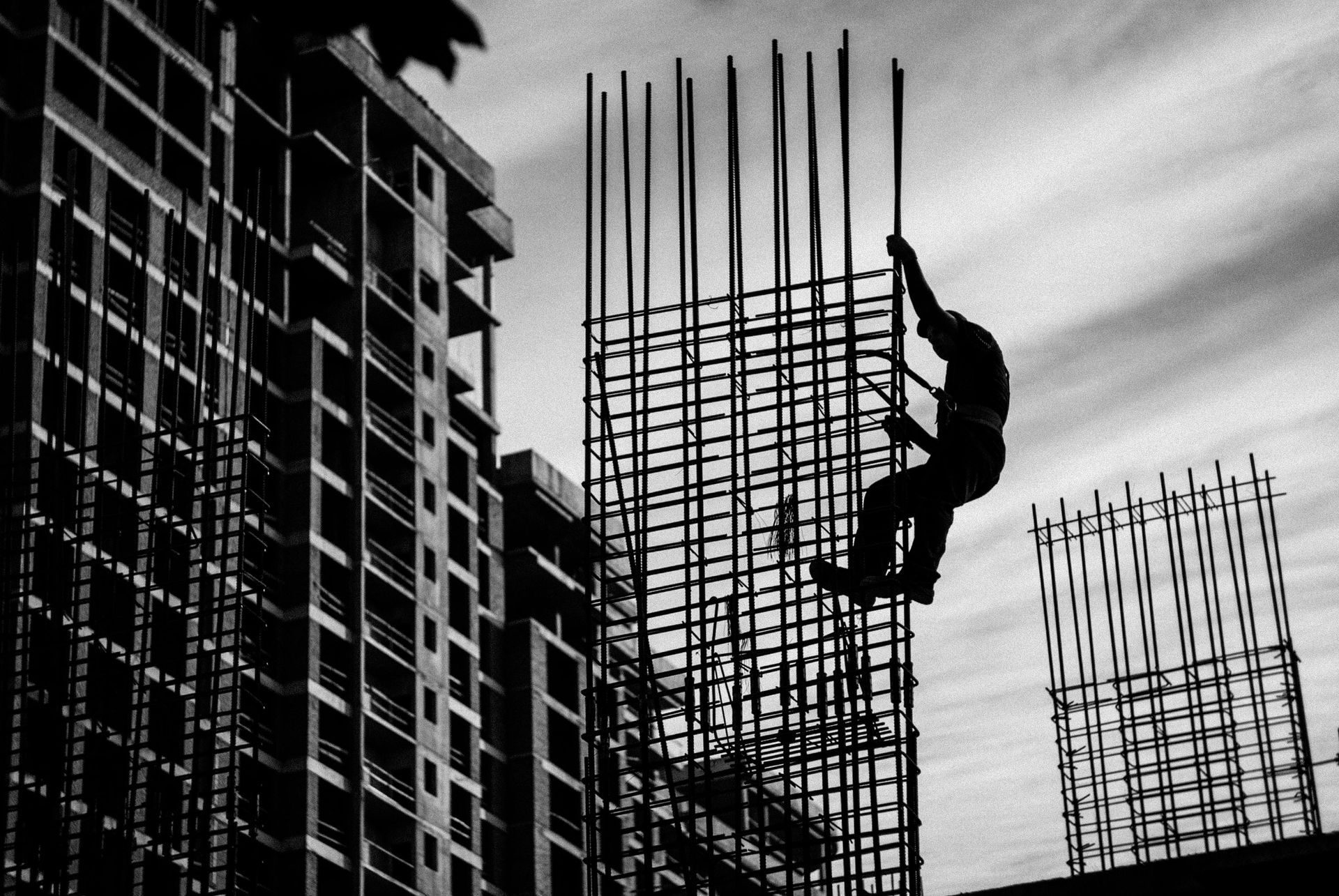The One Metric That Predicts Safety Failures Across Locations
If you could only track one safety metric to prevent injuries across all your sites, this is the one that reveals where your next failure is hiding.

Looking for a reliable way to spot risk before incidents occur? There’s one safety performance metric that stands above the rest, especially for multi-site safety leaders.
Managing safety across 20+ locations is a complex, high-pressure responsibility. You’ve got site managers, varying standards, and endless incident reports flowing in. So how do you separate noise from signal?
The answer lies in one surprisingly overlooked safety leading indicator:
Reporting latency.
What Is Reporting Latency—and Why Does It Matter?
Reporting latency is the amount of time between when an incident, near miss, or hazard occurs—and when it actually gets reported. It's not just a timestamp; it’s a cultural X-ray.
In a world where safety KPIs often lag behind real-world events, reporting latency gives you a leading indicator of safety failures and cultural breakdowns—before someone gets hurt.
If you're responsible for multi-site safety management, this metric can give you early warning signals that traditional safety metrics miss entirely.
Why Reporting Latency Predicts Safety Failures
Let’s say a worker nearly trips over an unmarked cord. No one is hurt. But the incident isn’t reported until five days later—if at all.
That delay tells you a lot:
- Reporting isn’t prioritized
- Safety may not be seen as urgent
- There may be a lack of trust in leadership
- Site supervisors aren’t enforcing accountability
Multiply that across 20 or 50 locations, and your safety culture starts to fray.
Reporting delays = oversights = risk.
The Real Problem: Most Metrics Are Lagging
Many safety performance metrics—like total recordable incident rate (TRIR), lost time incidents (LTI), and DART rate—tell you what went wrong after the fact.
But reporting latency is different.
It’s proactive. It shows you where communication is breaking down, where accountability is slipping, and where leadership isn’t connecting with frontline workers.
In other words, it’s the canary in the coal mine for your workplace safety indicators.
How to Measure Reporting Latency Across Locations
Here’s how you can start tracking this high-value safety KPI:
- Capture timestamps on every incident or hazard report.
- Compare the “occurred” vs. “reported” time.
- Calculate average latency per location.
- Flag outliers—any site with a delay of 5+ days should raise concern.
- Correlate with other safety metrics to validate risk patterns.
By embedding this into your incident tracking system, you create a feedback loop that keeps safety front-of-mind and measurable.
How to Use This Metric to Improve Safety Performance
Improving this one key safety metric can lead to dramatic gains across your program. Here’s how top-performing organizations do it:
- Simplify reporting tools (use mobile-first or voice-enabled systems)
- Celebrate quick reports, not just serious incidents
- Build trust—make it clear that early reporting isn’t about blame, it’s about improvement
- Share reporting latency data during your safety meetings to drive awareness
- Align leadership across all shifts and departments with this single, clear KPI
Track the Time Gap, Reduce the Injury Gap
You can’t be everywhere. But your safety program metrics can.
By measuring reporting latency, you’re not just tracking behavior—you’re transforming your entire safety culture into one that’s proactive, fast-moving, and responsive.
Want to reduce claims, prevent injuries, and build trust across locations?
Start by closing the time gap between what happens—and when you hear about it.
Streamline Your Safety Program with YellowBird
At YellowBird, we help companies with multiple locations streamline and standardize their safety programs. From running comprehensive construction safety audits to filling short- or long-term safety roles, YellowBird is your flexible, on-call partner in building a safer future. Contact us today, or match with an expert.

